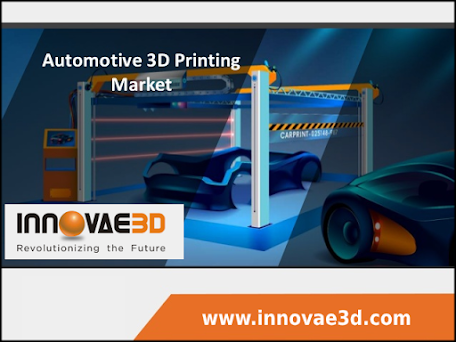Everything you need to know about Selective Laser 3D Sintering
Selective Laser Sintering (SLS) uses the “sintering” technique in which a powdered raw material is heated and compressed simultaneously to form a solid, specific mass. Sintering works by compressing the powdered raw material through a combination of heat and pressure. Although sintering does not outright melt the powdered raw material, it applies just enough heat for the atoms to separate and diffuse together once more.
Benefits of using Selective Laser 3D Sintering
Selective Laser 3D Sintering, also known as, SLS 3D printing, or simply as SLS, is the go-to method for batch production of customized components and rapid prototyping. This technique has found incredible use in industrial-scale applications thanks to its reliability, precision and faster production process.
Let’s take a look at some of the express benefits of using Selective Laser 3D Printing technique in manufacturing:
1 – No support structures are needed
One of the major benefits of using SLS 3D printing is that the designs do not need any internal support structure. As the 3D printing is going on, the hollow spaces within the component are automatically filled with unused powdered raw material, thus providing a self-supporting structure. This lets designers and modelers incredibly impressive freedom of design.
2 – Faster prototyping and production
The nylon powder which is usually used in SLS needs only a brief exposure to the hot laser to get sintered. This makes SLS 3D printing one of the fastest production processes in existence. Additionally, SLS technique does not compromise on quality in lieu of speed and maintains a constant quality even with speeded-up production runs.
As compared to SLA, the SLS 3D printing technique takes the same amount of time. This makes laser sintering more economical and practical for commercial prototyping and production runs.
3 – Layer adhesion is extremely reliable
The SLS 3D printing technique offers very strong layer adhesion. Thanks to this, the laser sintering technique has virtually isotropic mechanical properties. This gives the products extremely strong tensile strength, significant hardness and expected elongation in all directions, thus making it an extremely efficient prototyping and manufacturing technique is use today.
4 – Best for dyeing
SLS printing technique provides a naturally porous surface finish to products and prototypes. This makes SLS 3D printed products prone to absorb moisture and other liquids. This can be an additional advantage, especially when the finished parts require coloring after the printing is completed. However, SLS 3D printed parts that are likely to experience highly moist conditions will need to be covered with a water-proof finishing.
Conclusion
Selective Laser 3D Sintering technique has been around for decades and has become the leading choice for prototyping and production of parts. Worldwide, small and large manufacturers from various industries are turning to SLS 3D printing for more efficient, precise and cost-effective manufacturing process. We are the leading SLS 3D printing experts in India, owing to our commitment for providing only the top quality and completely functional prototypes and products. Feel free to drop in a comment to know more about our SLS 3D printing services in India.


Thanks to write this awesome blog. We are providing additive manufacturing services, 3d printing & prototyping services & For more Connect With Us @ Vexma Technologies
ReplyDelete